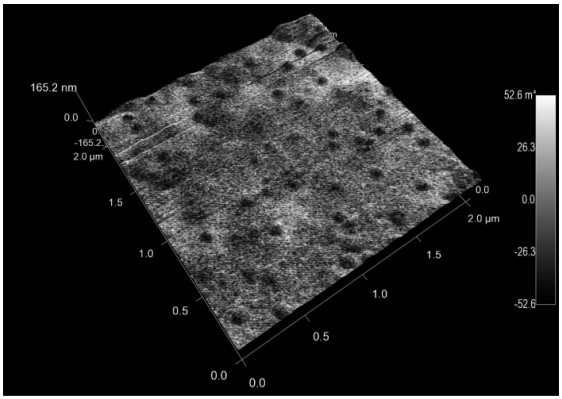Mempro™ Virus-Like Particles (VLPs) Magnetization Modification
Based on the advanced Mempro™ Virus-like Particles (VLPs) platform to handle VLPs genetically and post-translationally, Creative Biostructure has developed various methods to exactly control VLPs traits such as size, stability, and reactivity. Our scientists can offer tailored Mempro™ VLPs magnetization modification services for you.
Magnetic nanoparticles (NPs) have gained significant attention, because they probably bring in widely diverse biomedical applications, for example, contrast enhancement agents for magnetic resonance imaging (MRI), cell sorters, bioprobes, etc. Proper functionalization is needed for biocompatibility and to produce an array of outer functionalization sites when magnetic NPs are used as bioprobes. These targets enable to be performed when the nanoparticle is actually encapsulated in a viral capsid. Creative Biostructure can produce hybrid magnetic VLPs by the self-assembly of virus capsids surround negatively charged iron oxide NPs.
 Figure 1. A spread of magnetic VLPs with 20.1 nm iron oxide cores imaged by MFM. (Nano letters, 2007)
Figure 1. A spread of magnetic VLPs with 20.1 nm iron oxide cores imaged by MFM. (Nano letters, 2007)
- Approaches of Mempro™ VLPs Magnetization Modification
The internal surface of virus capsid has been used to directed synthesis of both organic and inorganic NPs through the virus-based nanomaterial platforms. It’s reported that spatially constrained nanoparticles of polyoxometalate salts have been successfully synthesized by using the natural positively charged inner capsid of the icosahedral cowpea chlorotic mottle virus (CCMV). Anthor way to use the architecture of the virus capsid is to package by self-assembly surface-modified nanoparticles. During the self-assembly process, the natural nucleic acids are replaced by the nanoparticle cores which take part in recruit and organize the capsid proteins.
- Application of Mempro™ VLPs Magnetization Modification
Iron oxide particles own a high relaxivity, thus, superparamagnetic VLPs, the probability of better engineering of capsid surface sites and the congenital biocompatibility of virus capsids are possibly appropriate as particular MRI contrast agents for plant studies, especially for further understanding of the interaction between plant systems which is used in the production of biopharmaceuticals with recombinant viruses.
Creative Biostructure provides various Mempro™ VLPs modification Strategies services. Please feel free to contact us for a detailed quote.
References:
Huang X, Bronstein L M, Retrum J, et al. Self-assembled virus-like particles with magnetic cores[J]. Nano letters, 2007, 7(8): 2407-2416.
Bulte J W M, Kraitchman D L. Iron oxide MR contrast agents for molecular and cellular imaging[J]. NMR in Biomedicine, 2004, 17(7): 484-499.
Mulder W J M, Strijkers G J, van Tilborg G A F, et al. Lipid‐based nanoparticles for contrast‐enhanced MRI and molecular imaging[J]. NMR in Biomedicine, 2006, 19(1): 142-164.
Lu Y, Yin Y, Mayers B T, et al. Modifying the surface properties of superparamagnetic iron oxide nanoparticles through a sol-gel approach[J]. Nano letters, 2002, 2(3): 183-186.